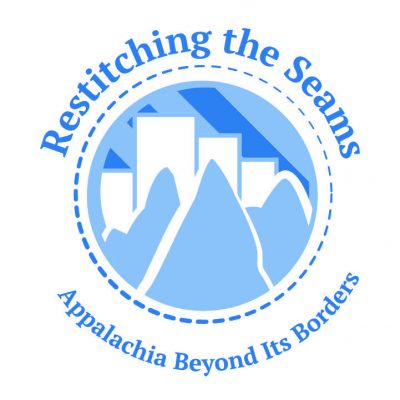Participation Type
Paper
Textiles: Eastern Tennessee’s Place in History
Presentation #1 Abstract or Summary
This presentation will compare and contrast people working in eastern Tennessee in commercial textiles and home-based textile industries.
In 1831, a cotton spinning mill was built at what is now Lenoir. This was follow by many weaving, knitting, and spinning mills. One of the largest was the Knoxville Woolen Mills, which employed 600 men and women and covered four and a half acres in 1900. While much of the history of early commercial textiles is lost, there does survive photographs of young workers taken by Lewis Hine for the National Child Labor Committee. Tennessee also is distinguished for the 1929 and 1934 labor strikes at the rayon plants in Elizabethton.
In the early part of the twentieth century, several schools were established in the Appalachian Mountains by denominations or other agencies to supplement the poor educational opportunities offered by the counties. Many of these schools had ‘industrial programs’ usually in crafts and agriculture as part of the school curriculum. Some schools started crafts economic development programs for adults in the community. One of the largest and most influential of these programs was Arrowcraft run by Pi Beta Phi Fraternity as part of their school in Gatlinburg. The weaving provided part-time work that young women could do from their homes.
At-A-Glance Bio- Presenter #1
Philis Alvic is an artist, weaver, and writer. She has exhibited her complex woven wall textiles in over 300 exhibitions and written Weavers of the Southern Highlands (University Press of Kentucky, 2003) and Crafts of Armenia (USAID/IESC Armenia, 2003). She has consulted on crafts development in 13 different countries.
Conference Subthemes
Economic Development
Textiles: Eastern Tennessee’s Place in History
This presentation will compare and contrast people working in eastern Tennessee in commercial textiles and home-based textile industries.
In 1831, a cotton spinning mill was built at what is now Lenoir. This was follow by many weaving, knitting, and spinning mills. One of the largest was the Knoxville Woolen Mills, which employed 600 men and women and covered four and a half acres in 1900. While much of the history of early commercial textiles is lost, there does survive photographs of young workers taken by Lewis Hine for the National Child Labor Committee. Tennessee also is distinguished for the 1929 and 1934 labor strikes at the rayon plants in Elizabethton.
In the early part of the twentieth century, several schools were established in the Appalachian Mountains by denominations or other agencies to supplement the poor educational opportunities offered by the counties. Many of these schools had ‘industrial programs’ usually in crafts and agriculture as part of the school curriculum. Some schools started crafts economic development programs for adults in the community. One of the largest and most influential of these programs was Arrowcraft run by Pi Beta Phi Fraternity as part of their school in Gatlinburg. The weaving provided part-time work that young women could do from their homes.

